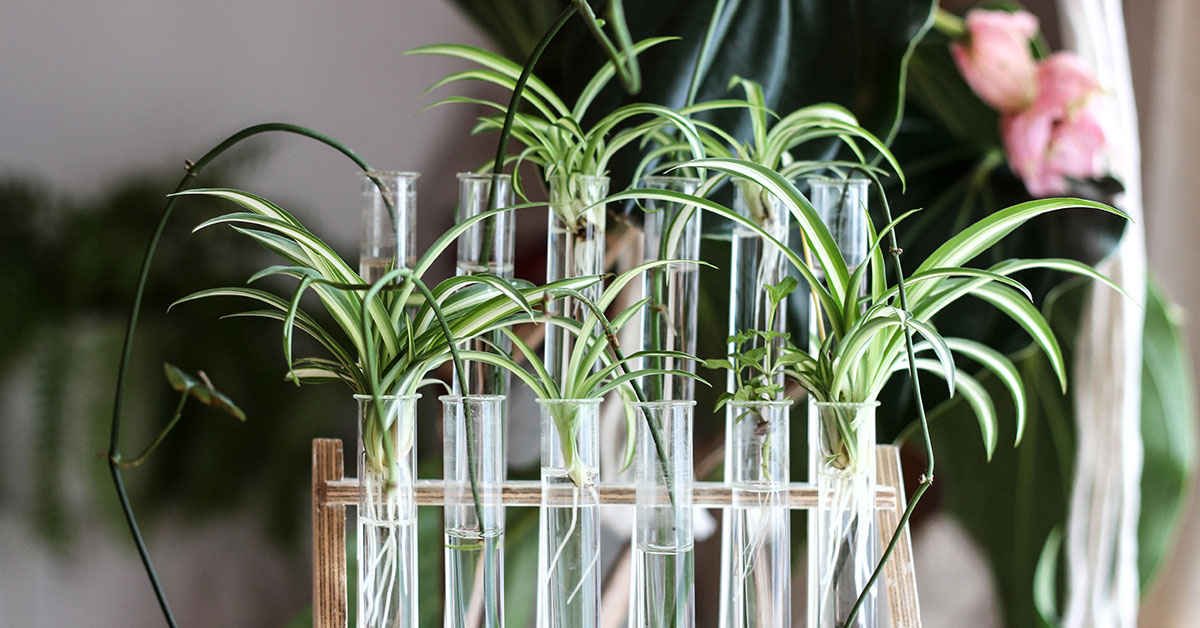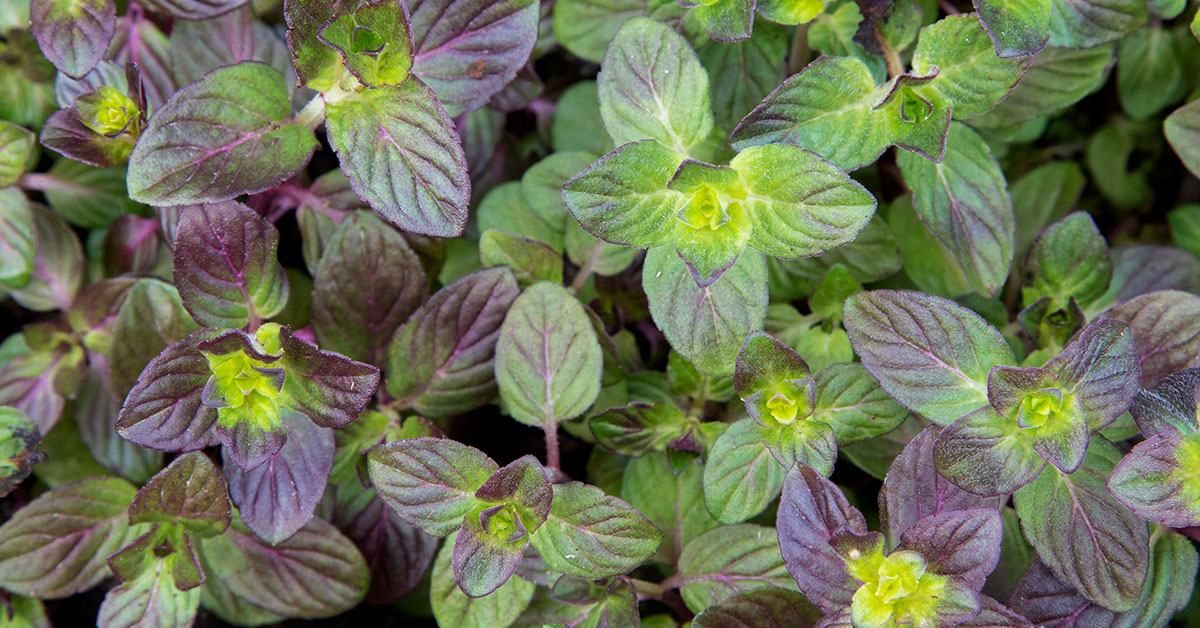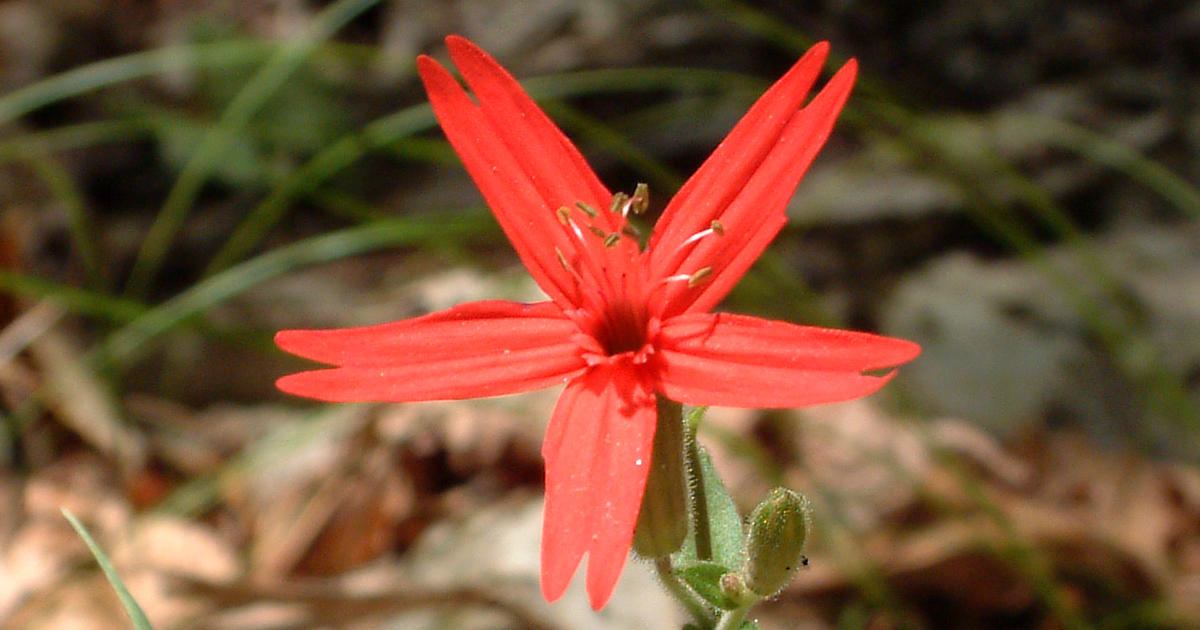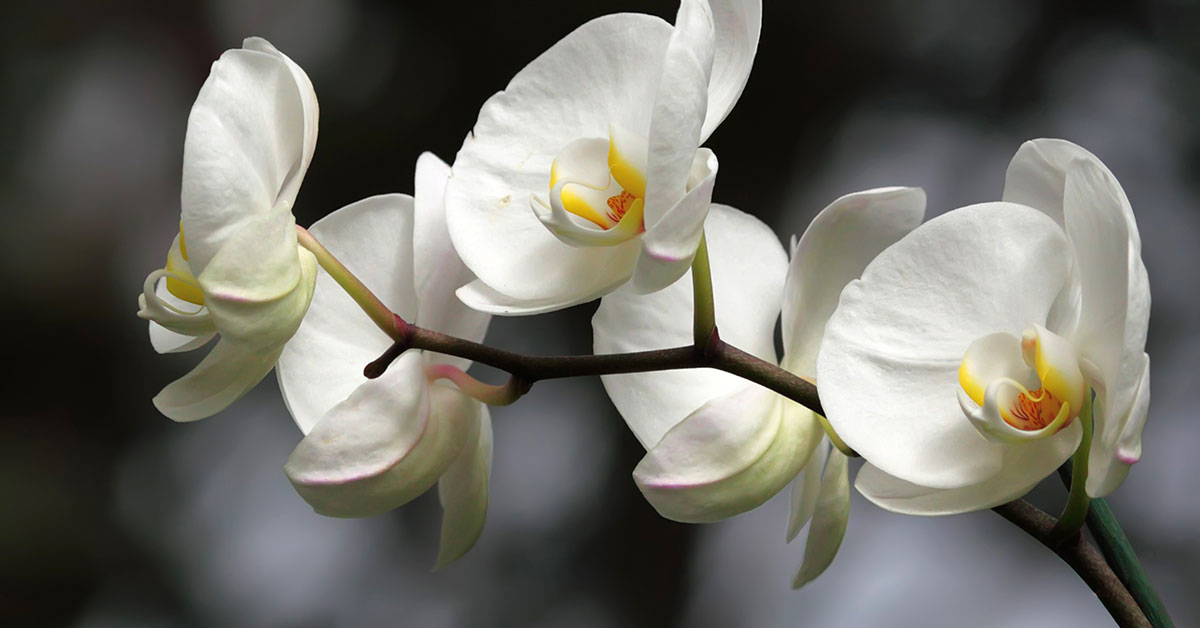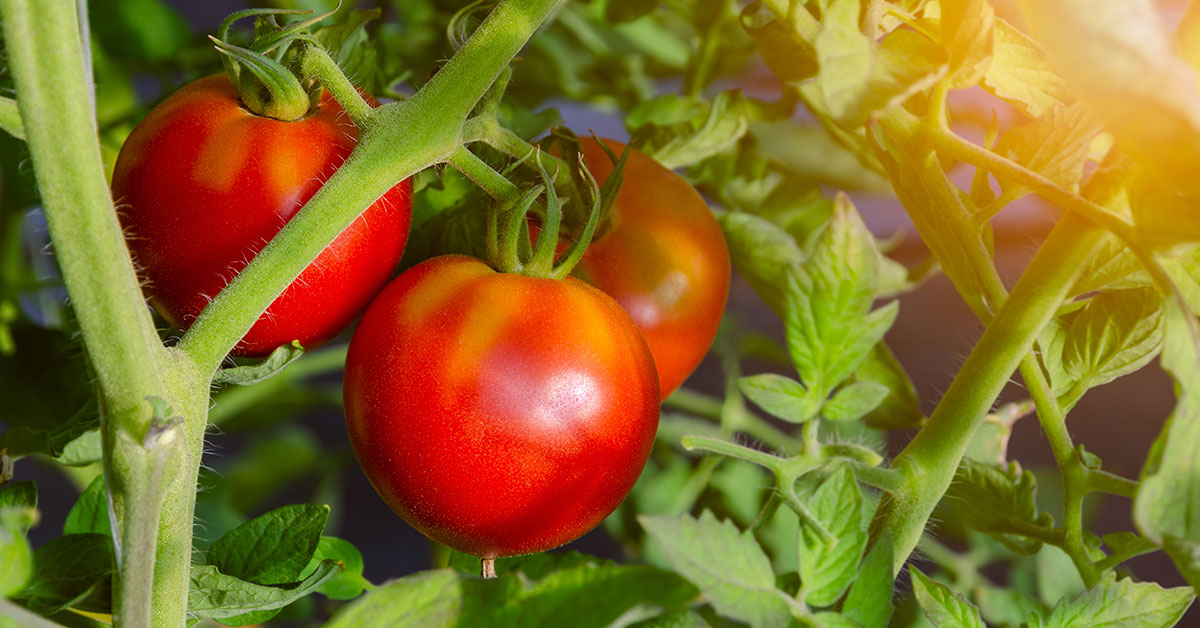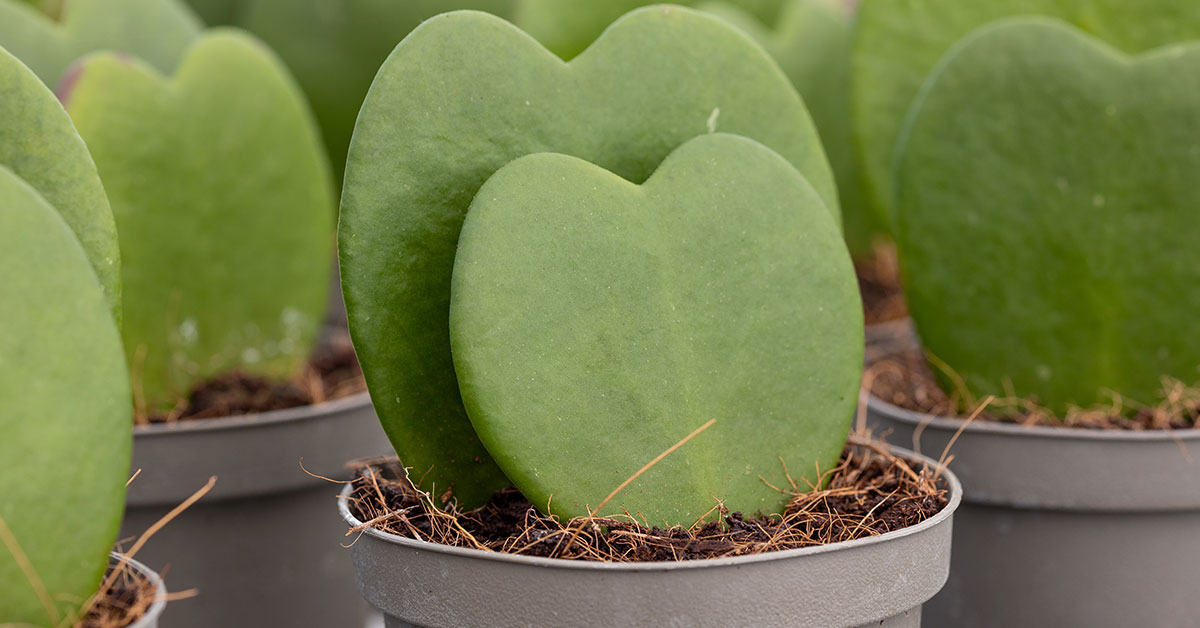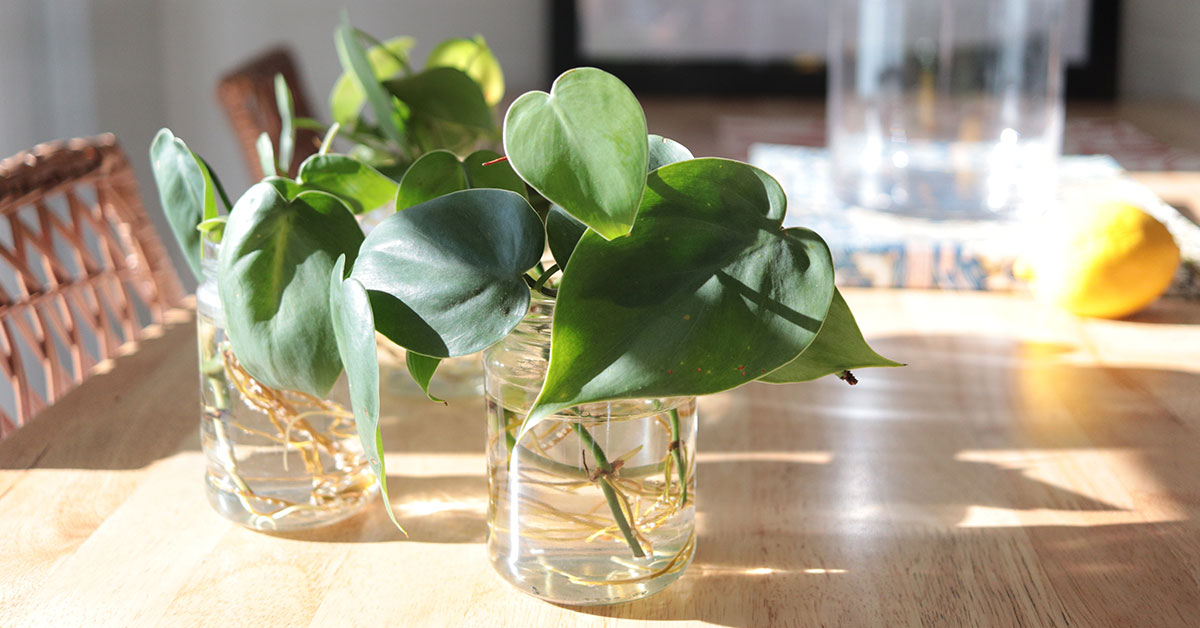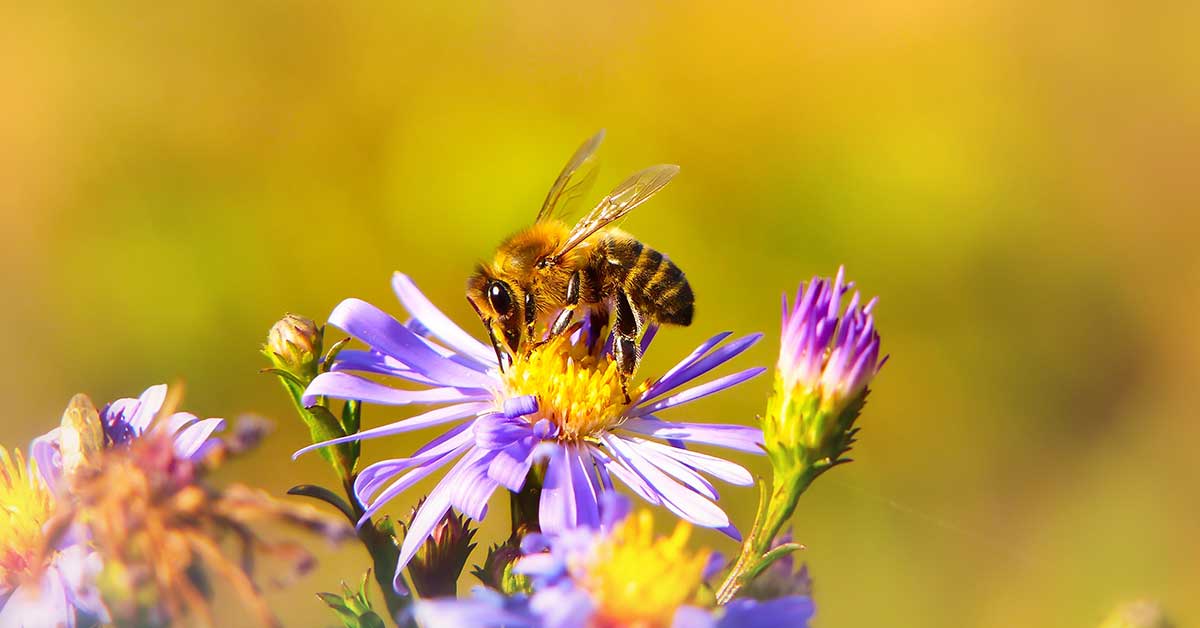Bringing greenery into your home can be incredibly rewarding, but if you’re new to houseplants, it’s essential to start with varieties that are easy to care for. Some plants are more forgiving and resilient, making them perfect for beginners. These plants can thrive with minimal attention, providing you with the confidence to expand your indoor garden over time.
In this article, I’ll introduce you to twelve easy-to-care-for indoor plants that are perfect for beginners. These plants are low-maintenance, beautiful, and will thrive in various indoor conditions. Let’s dive in and discover these fantastic plants that can transform your home into a lush, green oasis!
Snake Plant (Sansevieria)
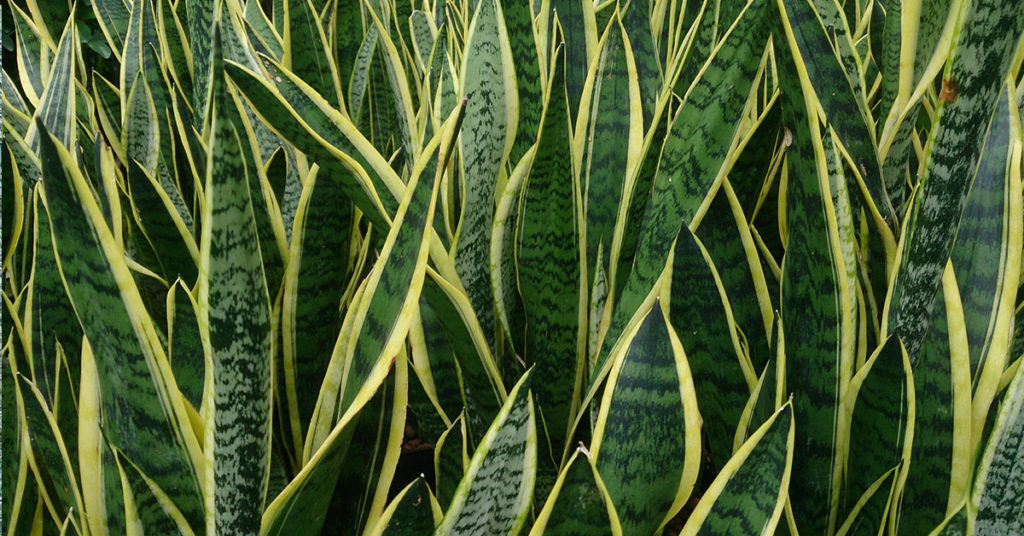
The snake plant, also known as mother-in-law’s tongue, is a popular choice for beginners due to its hardiness and striking appearance. Its tall, upright leaves with variegated patterns can tolerate low light and irregular watering. This plant is incredibly low-maintenance, making it ideal for those who might forget to water regularly.
One of the things I love most about the snake plant is its air-purifying qualities. It can remove toxins like formaldehyde and benzene from the air, improving indoor air quality. Place it in a spot with indirect light and water it sparingly, and your snake plant will thrive, providing a touch of elegance to any room.
Pothos (Epipremnum aureum)
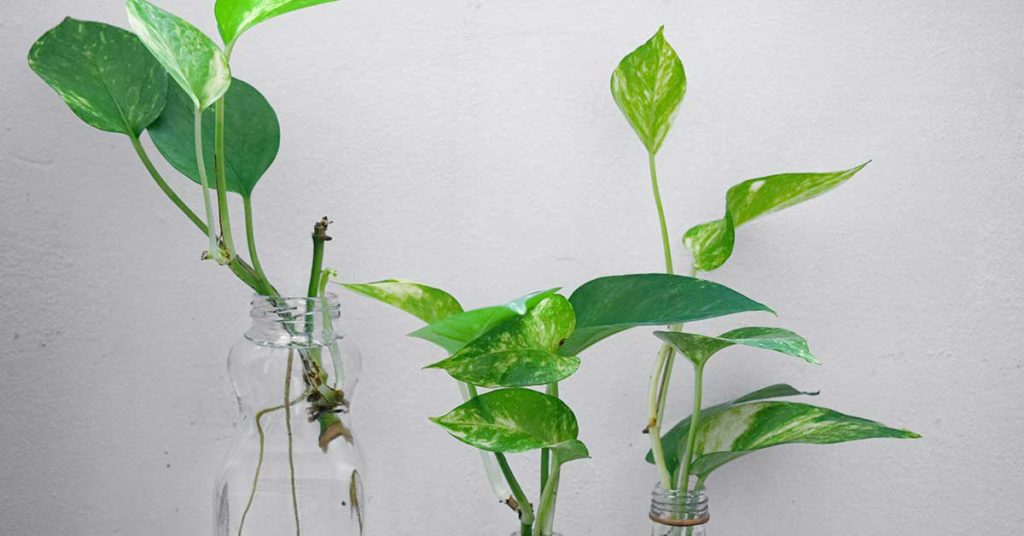
Pothos is another fantastic plant for beginners, known for its trailing vines and heart-shaped leaves. This versatile plant can thrive in various light conditions, from low to bright indirect light. It’s also forgiving if you miss a watering or two, making it a resilient addition to your home.
I adore pothos for its ability to grow quickly and its ease of propagation. Simply cut a vine and place it in water, and you’ll soon have a new plant to share with friends or expand your collection. Pothos can also help purify the air, making it both a beautiful and beneficial houseplant.
ZZ Plant (Zamioculcas zamiifolia)
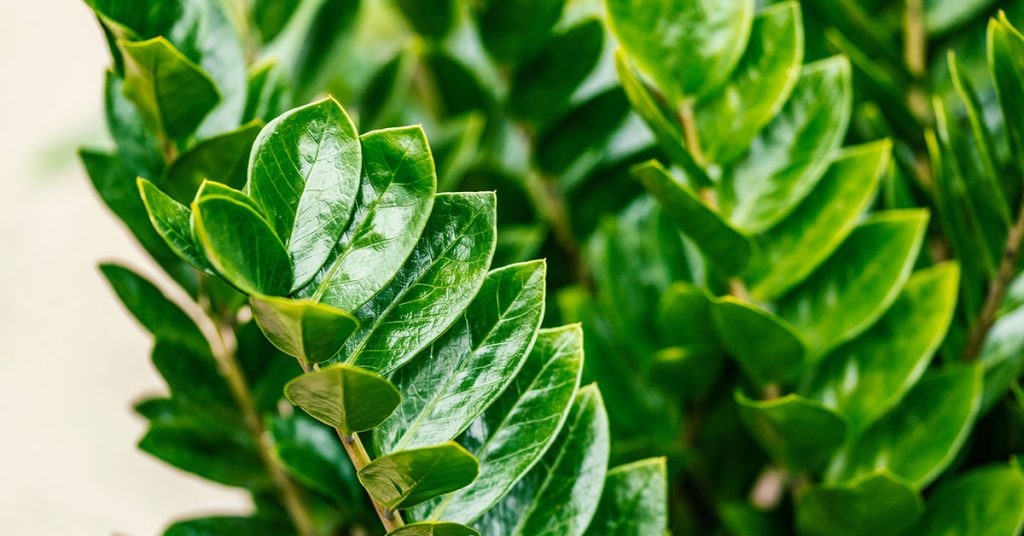
The ZZ plant is a robust and attractive indoor plant that can survive in low light and with infrequent watering. Its waxy, dark green leaves add a touch of lush greenery to any space, and it’s nearly indestructible, making it perfect for beginners.
One of my favorite features of the ZZ plant is its ability to tolerate neglect. If you’re often away or tend to forget about your plants, the ZZ plant will still thrive. Place it in indirect light and water it every few weeks, and you’ll enjoy its glossy leaves and minimal maintenance requirements.
Spider Plant (Chlorophytum comosum)
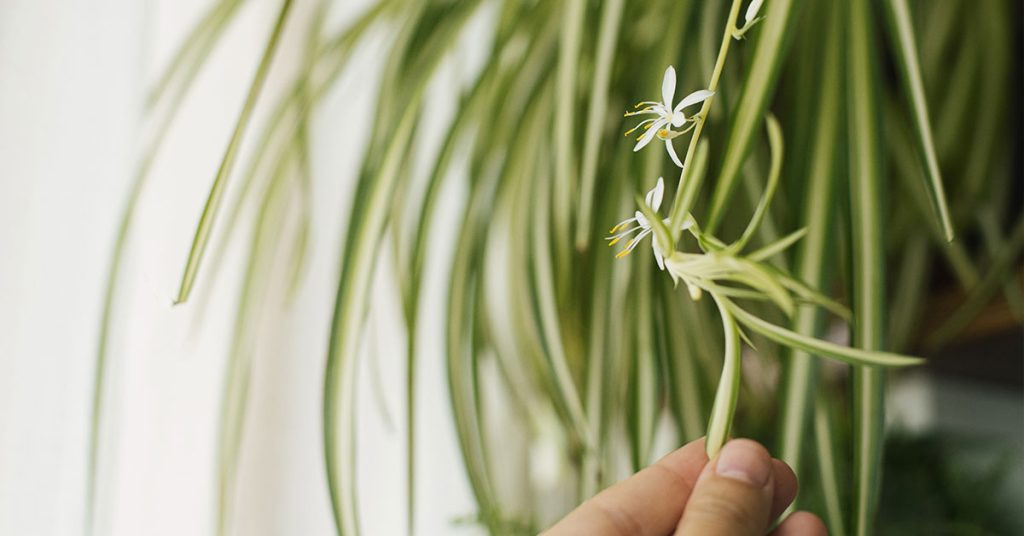
Spider plants are well-loved for their easy care and charming appearance. Their arching leaves and small white flowers make them a delightful addition to any room. Spider plants thrive in bright, indirect light but can also tolerate lower light conditions.
I love spider plants for their ability to produce “pups” or baby plants that can be easily propagated. These plants are also known for their air-purifying properties, helping to remove pollutants from the air. Water them regularly, but don’t let the soil get too soggy, and your spider plant will flourish, adding greenery and a bit of whimsy to your home.
Peace Lily (Spathiphyllum)
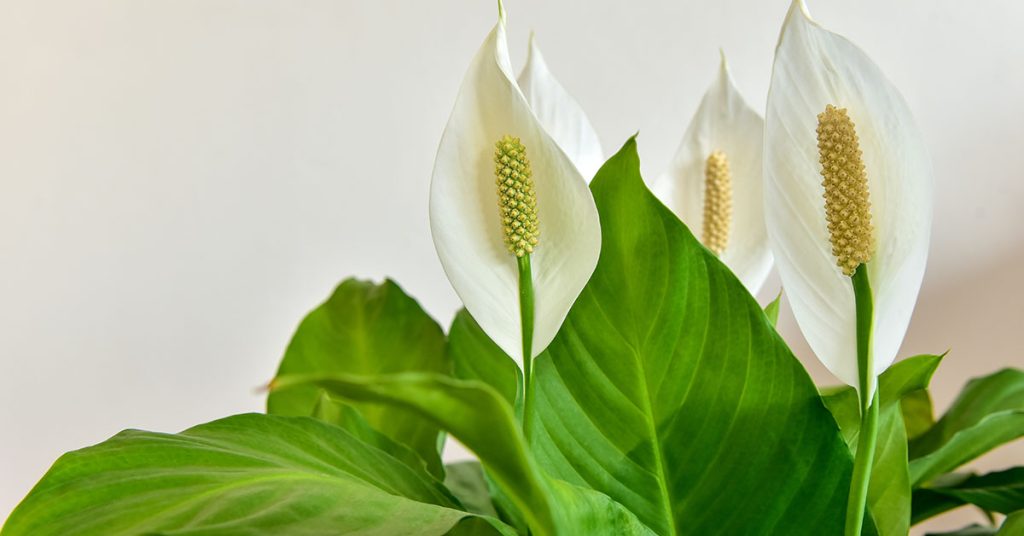
Peace lilies are elegant plants with glossy green leaves and beautiful white flowers. They are known for their ability to thrive in low light and their impressive air-purifying capabilities. Peace lilies are also relatively low-maintenance, requiring watering only when the top inch of soil is dry.
One of the reasons I love peace lilies is their forgiving nature. They wilt dramatically when they need water but perk up quickly after a good drink. Place them in a spot with indirect light, and enjoy their stunning blooms and lush foliage. They’re perfect for adding a touch of sophistication to any room.
Philodendron
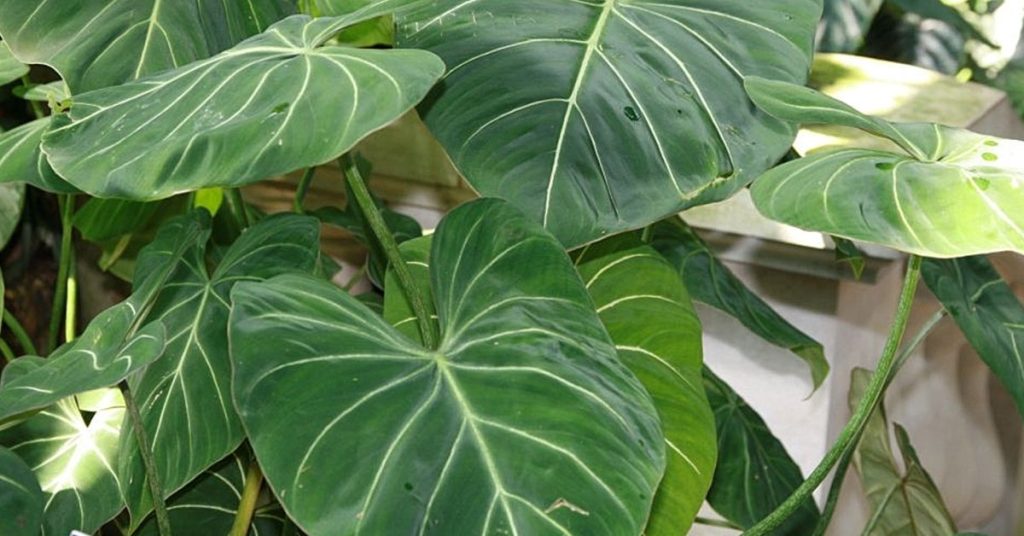
Philodendrons are popular houseplants known for their large, heart-shaped leaves and easy care. They can thrive in low to bright indirect light and prefer to be watered when the top inch of soil is dry. Philodendrons are also excellent for beginners because they can tolerate some neglect.
I enjoy the versatility of philodendrons; they can be grown in pots or as trailing plants in hanging baskets. Their lush, green foliage adds a tropical feel to any space, and they’re relatively pest-resistant. Regular watering and occasional pruning are all it takes to keep your philodendron healthy and vibrant.
Aloe Vera
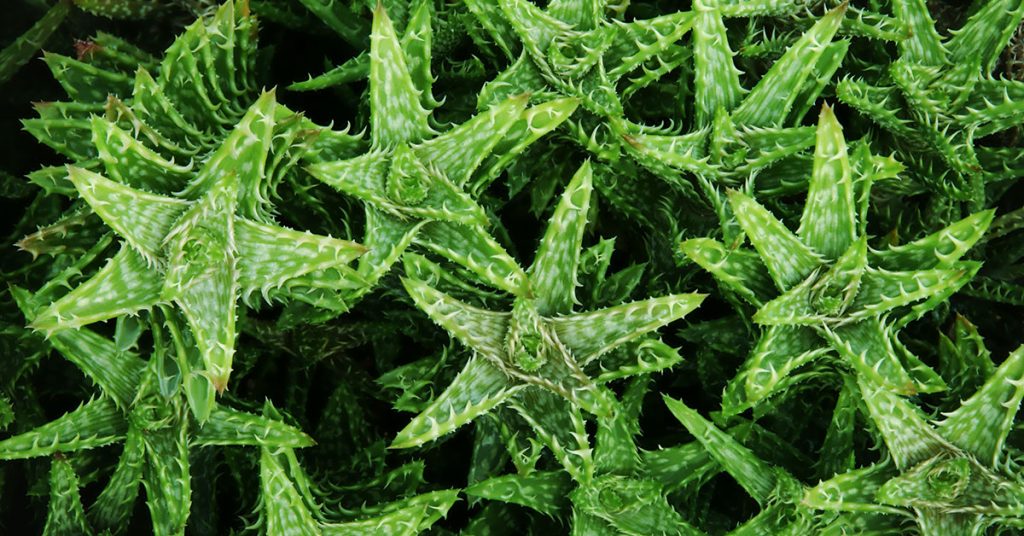
Aloe vera is a succulent known for its medicinal properties and striking appearance. This plant is perfect for beginners because it requires minimal care and can thrive in bright, indirect light. Aloe vera prefers to dry out completely between waterings, making it a low-maintenance option for busy or forgetful gardeners.
One of my favorite things about aloe vera is its usefulness. The gel inside its leaves can be used to soothe burns and cuts, making it a handy plant to have around the house. Place your aloe vera in a sunny spot and water it sparingly, and it will reward you with its unique, spiky leaves and healing properties.
Cast-Iron Plant (Aspidistra elatior)
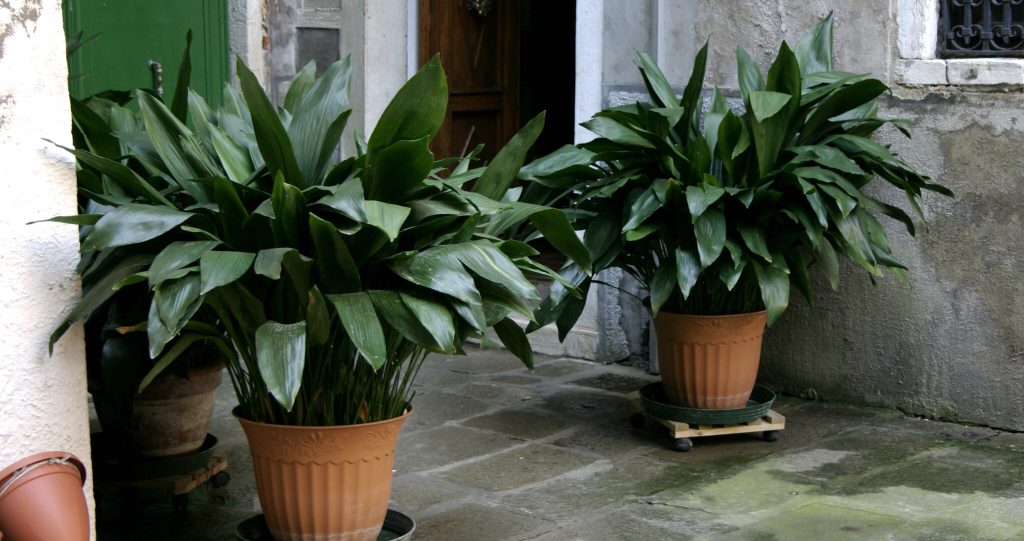
The cast-iron plant is aptly named for its toughness and ability to withstand neglect. This plant is perfect for low-light conditions and can tolerate infrequent watering, making it an ideal choice for beginners. Its broad, dark green leaves add a touch of elegance to any space.
I love the cast-iron plant for its resilience and low-maintenance nature. It’s nearly indestructible, so if you’re new to houseplants or have a busy lifestyle, this plant is a great choice. Place it in a spot with indirect light, water it occasionally, and enjoy its lush, hardy foliage.
Jade Plant (Crassula ovata)
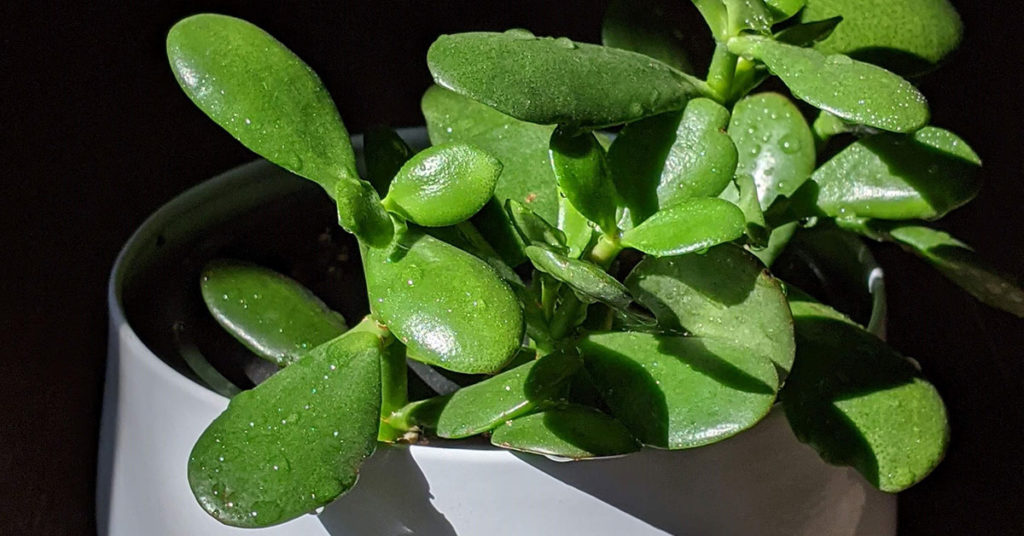
Jade plants are succulents with thick, fleshy leaves that store water, making them easy to care for and perfect for beginners. They prefer bright light and should be watered sparingly, allowing the soil to dry out completely between waterings. Jade plants are also known for their longevity and can live for many years with proper care.
One of my favorite things about jade plants is their compact, tree-like appearance. They can be grown in small pots and are perfect for desks, shelves, or windowsills. Jade plants are also considered symbols of good luck and prosperity, making them a lovely addition to any home.
Chinese Evergreen (Aglaonema)
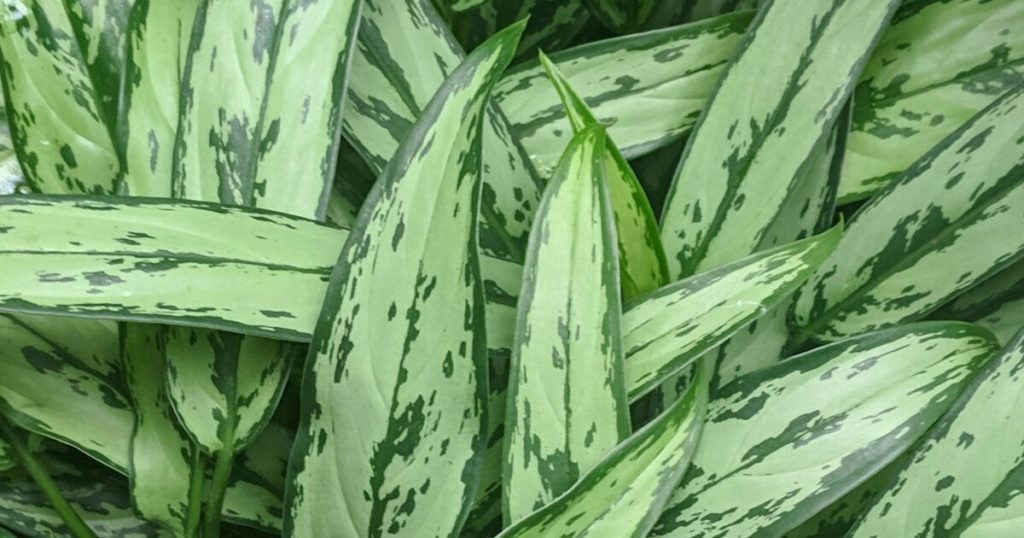
Chinese evergreens are known for their striking foliage and ease of care. These plants can thrive in low light conditions and prefer to be watered when the top inch of soil is dry. Chinese evergreens are also quite tolerant of varying humidity levels, making them versatile houseplants.
I enjoy the variety of leaf patterns and colors available in Chinese evergreens. Their attractive foliage can brighten up any corner of your home. They’re also relatively pest-resistant and can adapt to different indoor environments, making them an excellent choice for beginners looking for a resilient and beautiful plant.
Rubber Plant (Ficus elastica)
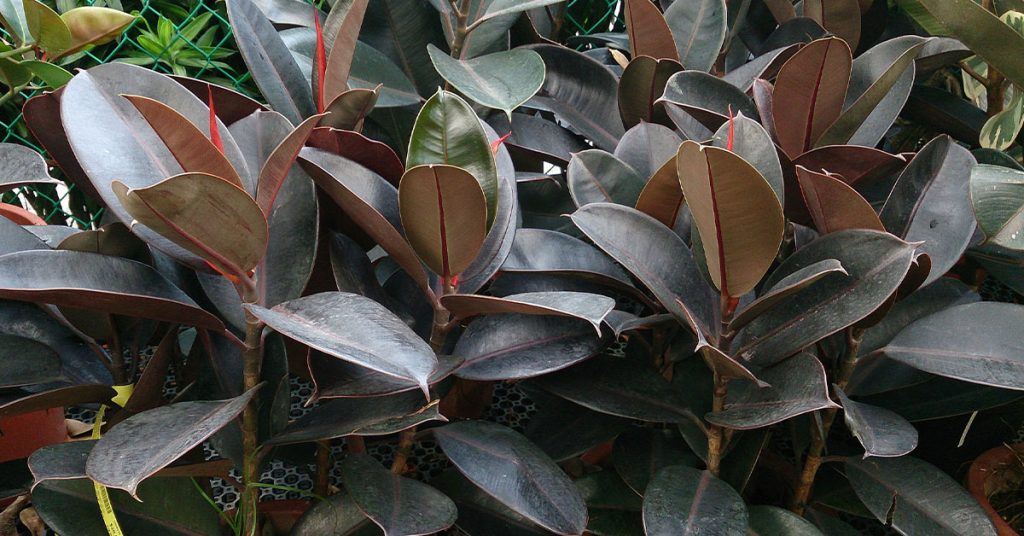
Rubber plants are popular for their large, glossy leaves and robust nature. They can thrive in bright, indirect light and prefer to dry out slightly between waterings. Rubber plants can grow quite tall, making them an excellent choice for adding a statement piece to your indoor garden.
I love the dramatic presence of rubber plants in my home. They’re easy to care for and can adapt to various indoor conditions. With regular watering and occasional pruning, your rubber plant will thrive and add a touch of greenery and sophistication to any room.
Boston Fern (Nephrolepis exaltata)
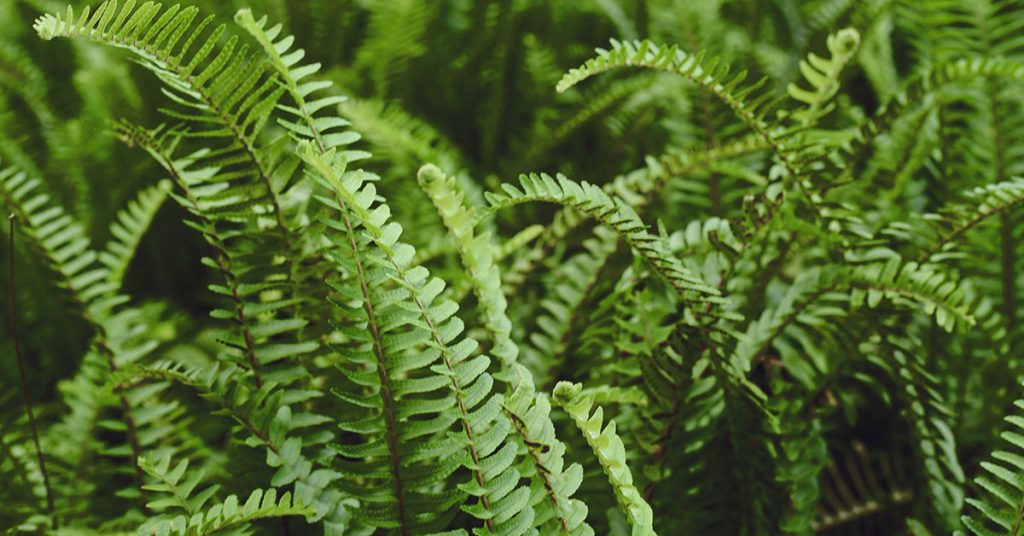
Boston ferns are classic houseplants known for their lush, feathery fronds. They thrive in bright, indirect light and prefer consistent moisture, making them a bit more demanding than some other beginner plants, but still manageable with regular care. Boston ferns also appreciate higher humidity levels.
I love the graceful appearance of Boston ferns and their ability to add a touch of elegance to any space. They’re perfect for hanging baskets or as tabletop plants. Regular misting and keeping the soil consistently moist will keep your Boston fern happy and healthy, bringing a lush, tropical feel to your home.
